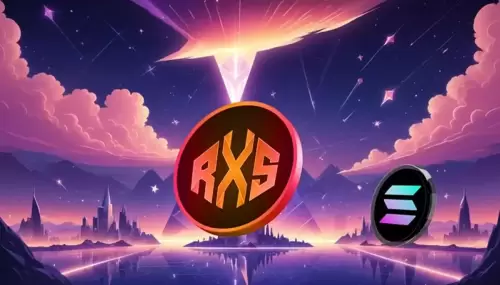Fidelity's report highlights a fascinating trend: more Bitcoin is entering 'ancient supply' than is being mined, signaling long-term conviction. What does this mean for the future?
Ancient Bitcoin's Grip: Supply Squeeze & Fidelity's Deep Dive
Alright, crypto enthusiasts, listen up! Something wild is happening in the Bitcoin world. More and more coins are going into hibernation, becoming part of what's called the 'ancient supply.' Fidelity Digital Assets just dropped a report, and it's got everyone talking. Basically, these coins haven't moved in over a decade, and now they're outpacing the rate at which new Bitcoins are being mined. Buckle up, because this could seriously shake things up.
What's This 'Ancient Supply' Buzz All About?
So, what exactly is 'ancient supply'? We're talking about Bitcoins that haven't budged for 10 years or more. According to Fidelity's report, as of June 8th, a whopping 17% of all Bitcoin falls into this category. That's like a third of all Bitcoins! And get this: since the 2024 halving, the number of coins entering this ancient state is consistently higher than the number of new coins being mined each day.
Think about it: scarcity is Bitcoin's superpower. If more coins are being locked away for the long haul, that means there are fewer available for trading, potentially driving up the price. It's like finding a vintage record – the fewer copies there are, the more valuable it becomes.
Fidelity's HODL Rate: A New Metric to Watch
To keep tabs on this trend, Fidelity's cooked up a clever metric called the 'ancient supply HODL rate.' It basically measures how many coins are hitting that 10-year mark each day, factoring in new Bitcoin issuance. This rate went positive back in April 2024 and hasn't looked back, confirming this long-term supply shift.
Long-Term Holders Are Digging In
Despite the rising value of Bitcoin, these long-term holders aren't cashing out. They're HODLing on for dear life! Fidelity projects that ancient supply could reach 20% of total Bitcoin by 2028 and potentially even 25% by 2034. And if you throw in public companies holding Bitcoin, we could be looking at 30% by 2035. That's a whole lotta Bitcoin going into deep storage.
Institutional Players Enter the Game
Speaking of public companies, as of June 8th, there are 27 of them holding over 800,000 BTC combined! This growing institutional presence is a major factor. These companies aren't just dabbling; they're making serious long-term investments, further tightening the supply and giving long-term holders even more influence.
A Word of Caution: The Post-Election Wobble
Now, it's not all sunshine and rainbows. Fidelity's report also notes that following the 2024 U.S. election, ancient supply actually declined on 10% of days – nearly four times higher than the historical average. This suggests some long-term holders might have been spooked by the election results and decided to cash out. But hey, even the most dedicated HODLers need to pay the bills sometimes.
My Two Satoshis
Look, it's easy to get caught up in the hype, but I think this 'ancient supply' trend is worth paying attention to. It suggests that more and more people are seeing Bitcoin as a long-term store of value, not just a speculative asset. This could lead to increased stability and maturity in the Bitcoin market. Of course, nobody has a crystal ball, and the crypto world is known for its surprises. But if Fidelity's projections hold true, we could be looking at a future where a significant chunk of Bitcoin is locked away for good, potentially sending prices soaring.
So, What's Next?
Keep an eye on that 'ancient supply HODL rate,' folks! It's going to be a key indicator of where Bitcoin is headed. And remember, whether you're a seasoned HODLer or a newbie just dipping your toes in the crypto waters, always do your own research and never invest more than you can afford to lose. Now, go forth and conquer the crypto world… responsibly!












































































